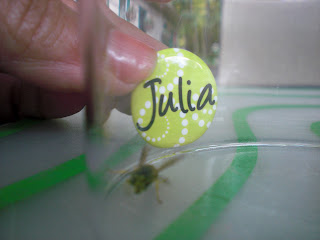muscle
fiber - striated – voluntarily controlled muscles made up
of long fused cells containing multiple nuclei (the fibers); fibers are packed
together in bundles by connective tissue.
The foot contains striated muscle fiber, so I took a picture of my foot. The muscles in the foot are voluntarily controlled.
Date: 8/15/12
Time: 6:15 p.m.
Place: My house



















